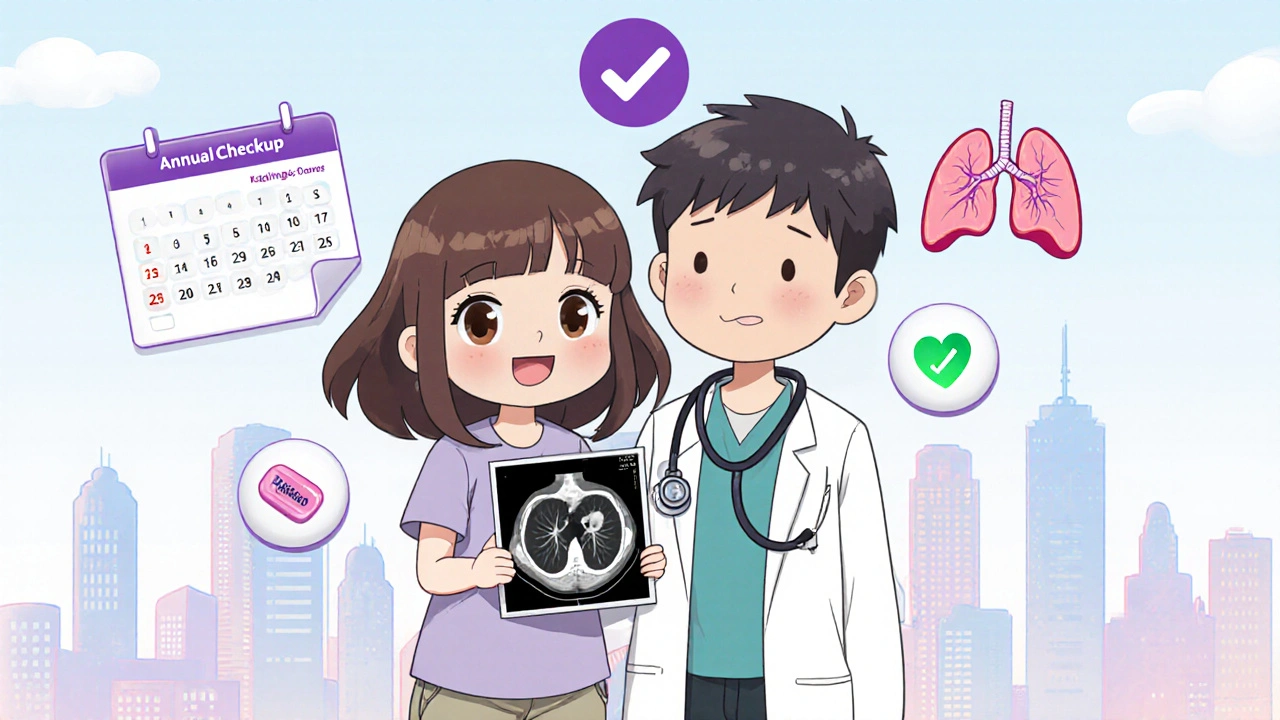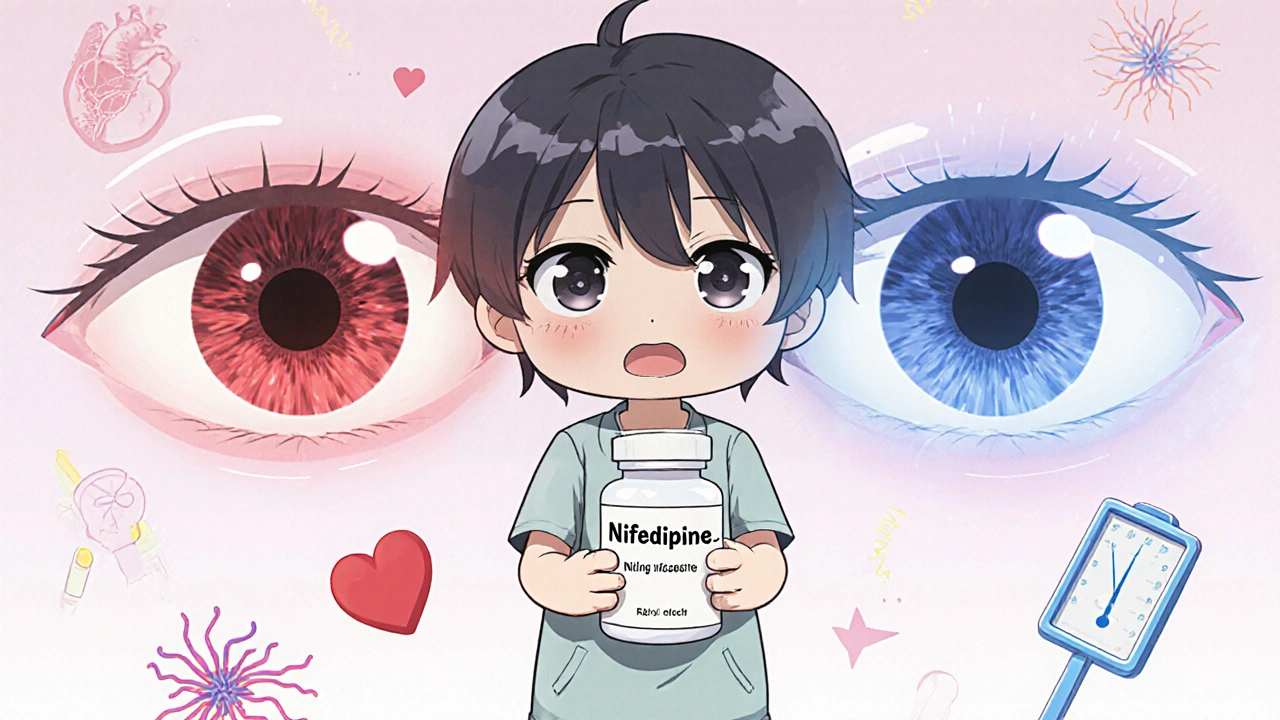Targeted Therapy: What It Is and How It Changes Cancer Treatment
When you hear targeted therapy, a type of cancer treatment that attacks specific molecules driving tumor growth. Also known as precision medicine, it doesn’t just blast cells—it picks out the ones that matter most. This isn’t your grandpa’s chemotherapy. While chemo hits fast-growing cells everywhere, targeted therapy zeroes in on the exact genetic or protein flaws that make cancer cells different from healthy ones. It’s like using a key to unlock only the right door instead of breaking down the whole wall.
Targeted therapy works because cancer isn’t one disease—it’s hundreds, each with its own molecular signature. Some tumors grow because of a mutated gene like EGFR or BRAF. Others depend on proteins like HER2 or ALK. Drugs like imatinib, trastuzumab, or osimertinib are built to block those exact signals. That’s why two people with lung cancer might get totally different treatments: one gets a drug for EGFR, another for ALK. It’s not guesswork—it’s matching the drug to the tumor’s DNA.
These drugs don’t just shrink tumors. They often keep them from coming back longer than chemo alone. And because they’re more focused, side effects tend to be milder—less nausea, fewer hair loss, less bone marrow damage. But they’re not magic. Some cancers develop resistance. Others don’t have a known target yet. That’s why doctors test tumors with biopsies and genetic panels before starting treatment. It’s not just about having cancer—it’s about understanding exactly what kind.
Targeted therapy is part of a bigger shift in oncology. It’s not just about where the tumor is, but what’s driving it. That’s why it’s often used with other treatments—like immunotherapy or radiation—to stack the odds. And while it’s mostly used for advanced cancers now, research is pushing it into earlier stages, even for prevention in high-risk patients.
You’ll find posts here that dig into real-world details: how reversal agents work for blood thinners, why steroid use affects bones, how SGLT2 inhibitors help diabetics, and how drug patents delay generics. These aren’t random. They all tie into the same theme: understanding how drugs interact with the body at a molecular level. Whether it’s a cancer drug blocking a mutated protein or an antibiotic boosting another’s power, the core idea is the same—know the target, hit it precisely.
What you’ll see below aren’t just articles. They’re tools to help you understand how modern medicine is changing—from the lab to your pill bottle. You’ll learn what makes one drug work where another fails, why side effects happen, and how to ask the right questions when your doctor talks about treatment options. This isn’t theory. It’s what’s happening in clinics today, and it’s changing how people live with chronic and life-threatening conditions.





